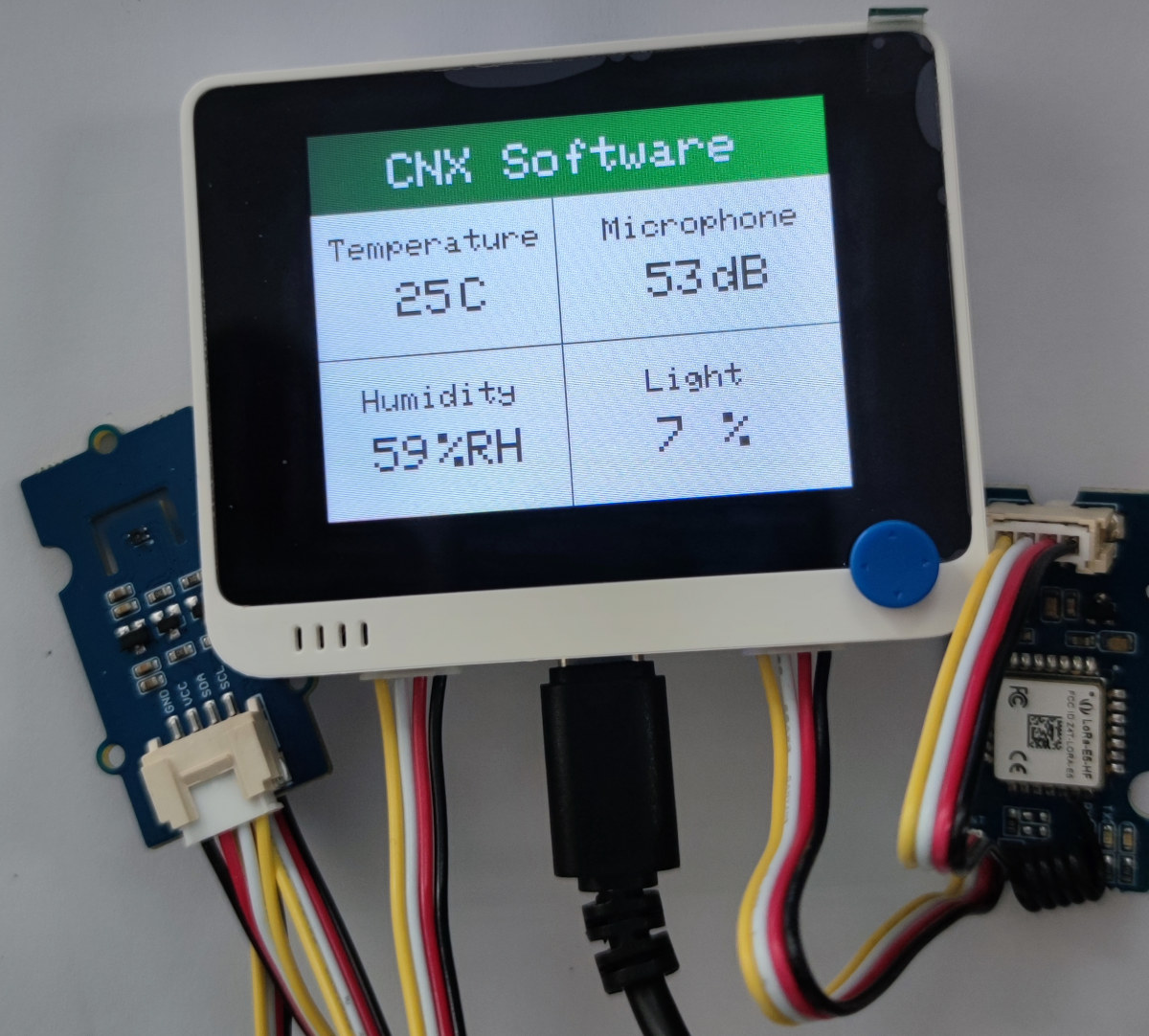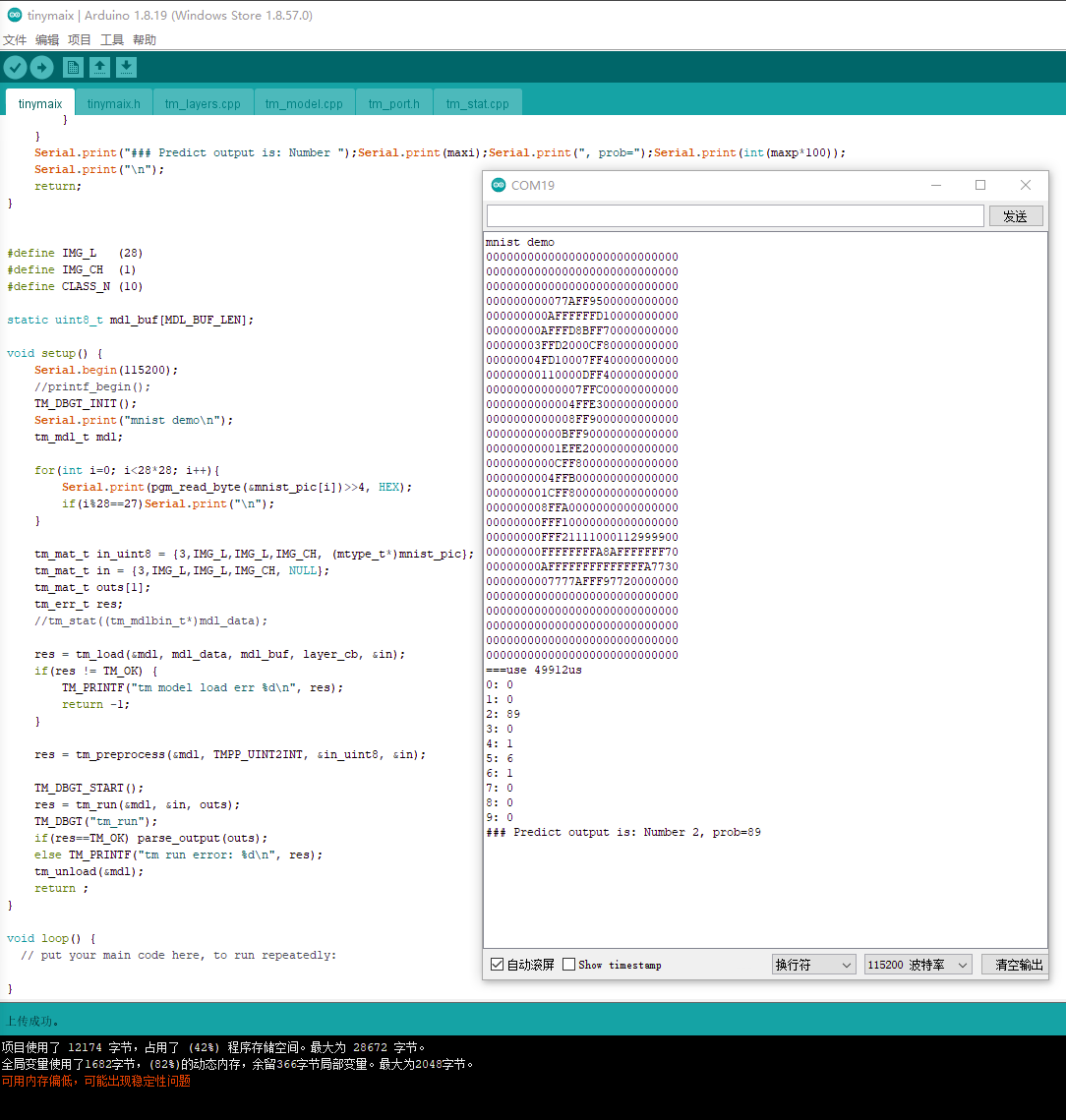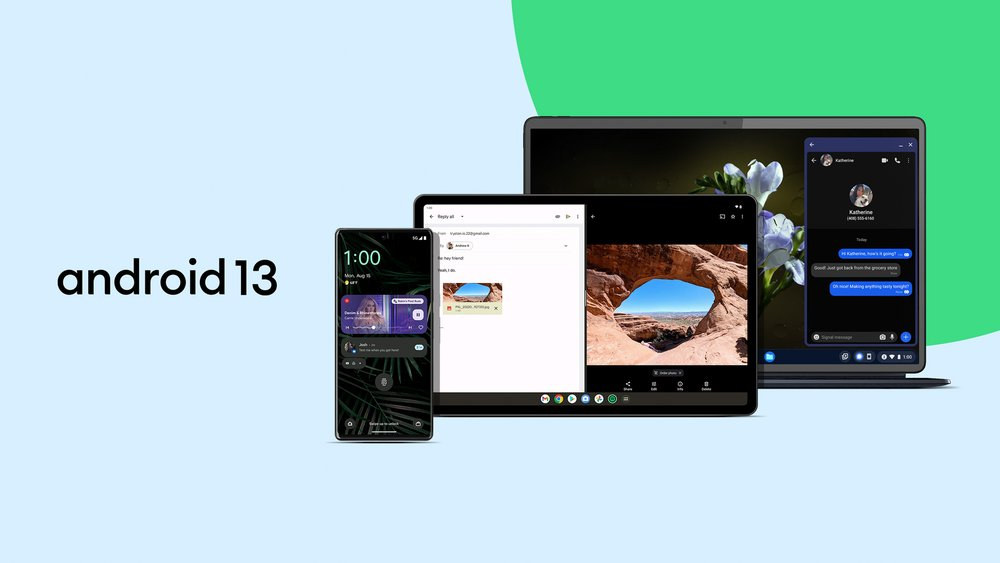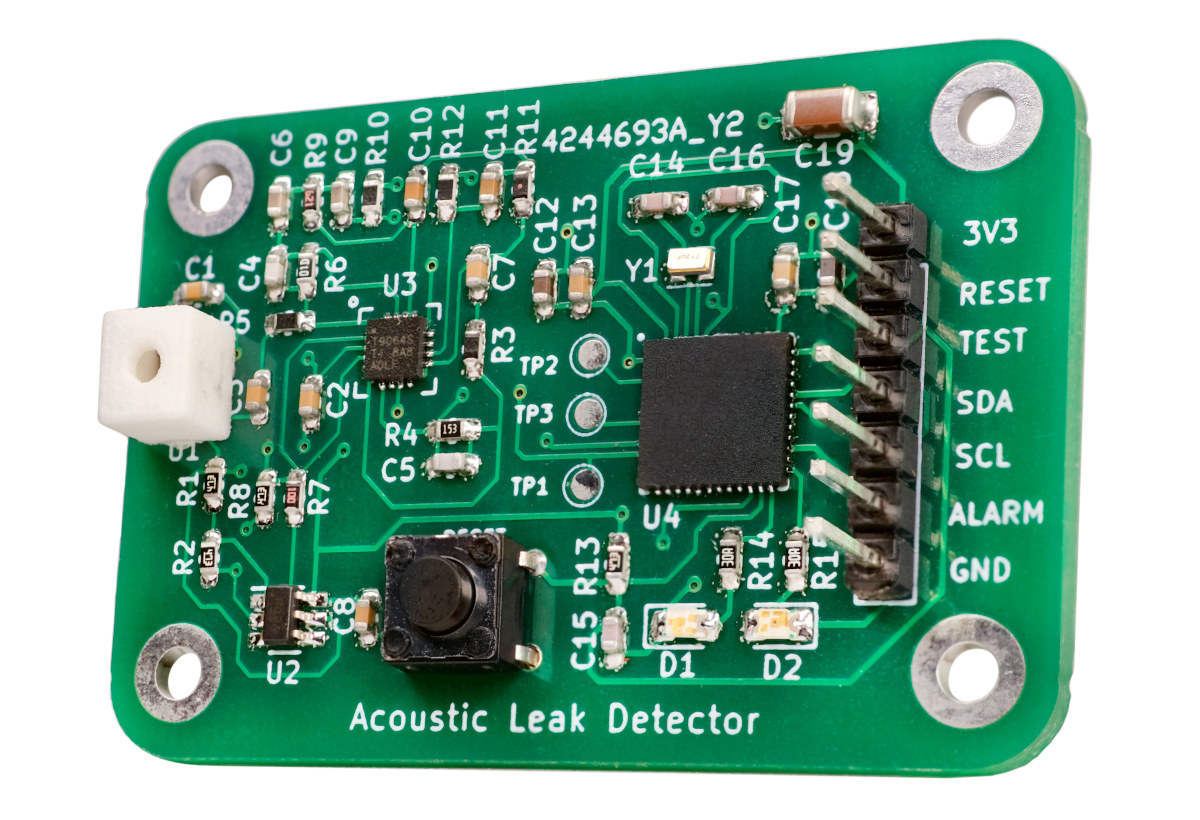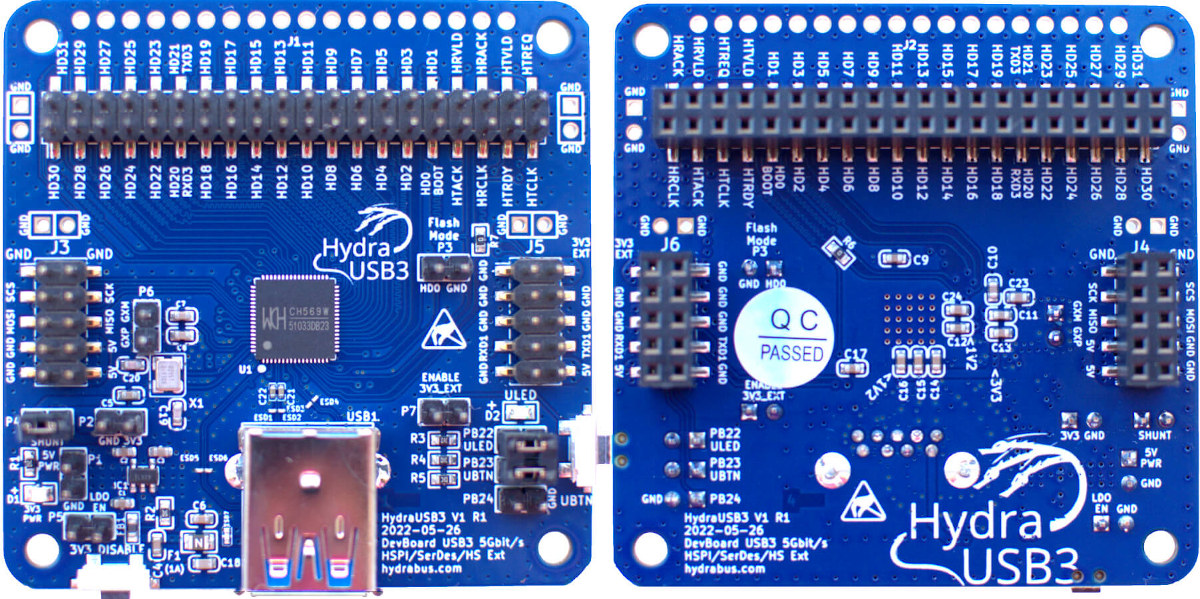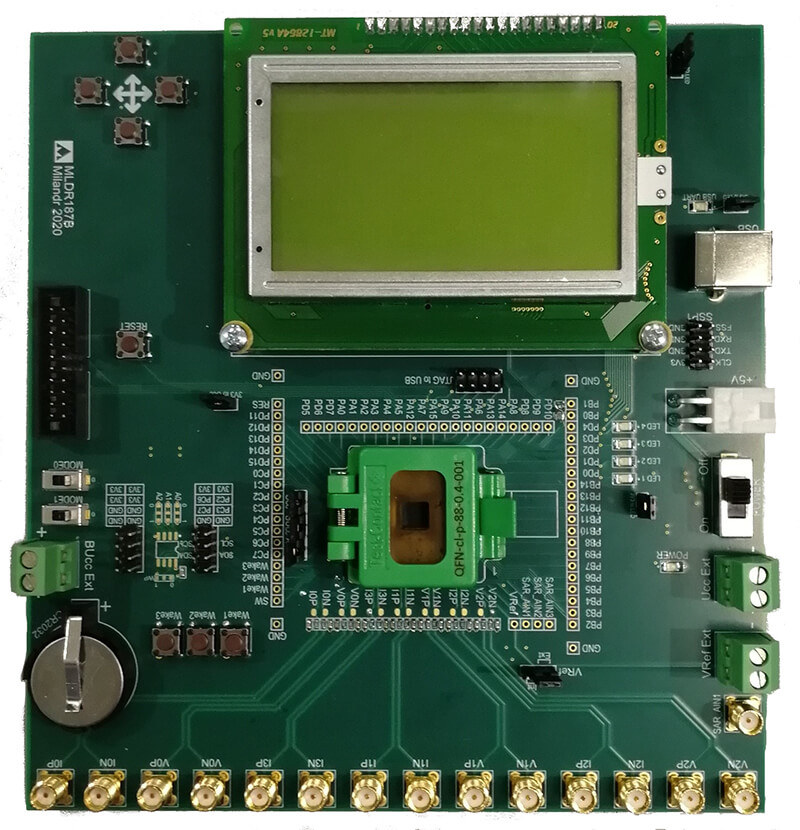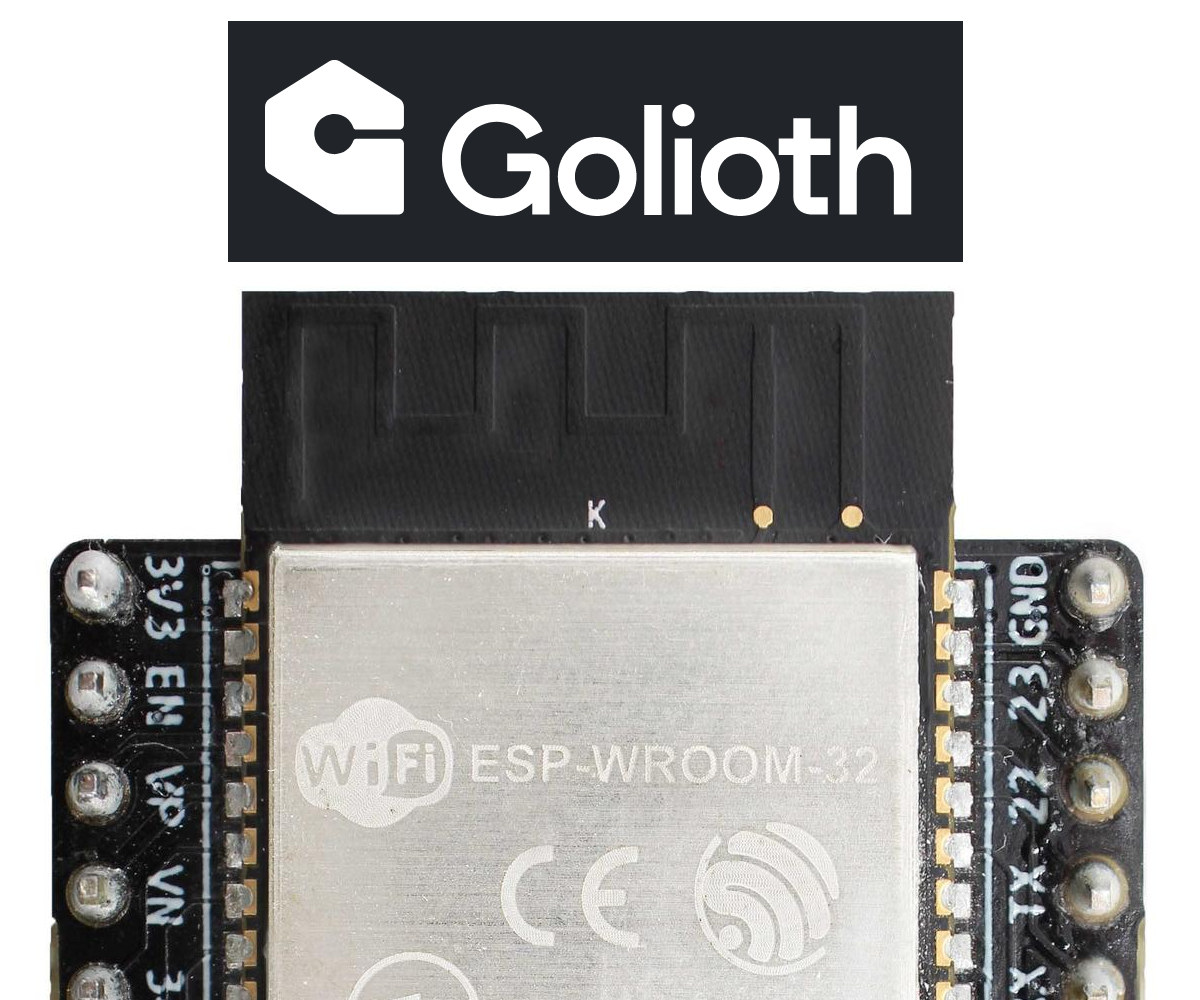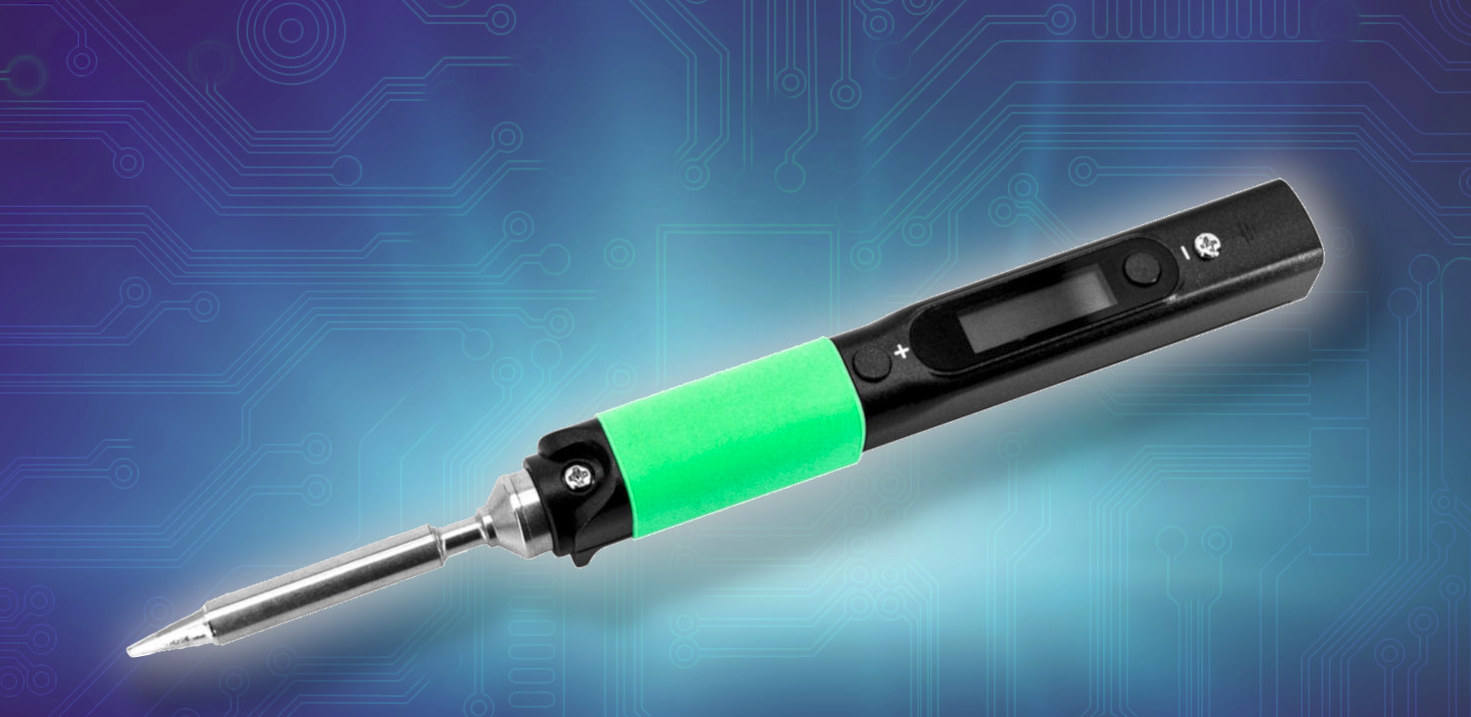CNXSoft: This getting started guide/review of the SenseCAP K1100 sensor prototype kit is a translation of the original post on CNX Software Thai. The first part of this tutorial describes the kit and shows how to program it with Arduino to get sensor data to a LoRAWAN gateway and display it on Wio Terminal, before processing the data in a private LoRaWAN network using open-source tools such as Grafana. The second part – to be published later – will demonstrate the AI capability of the kit. In the digital era where IoT and big data are more prevalent, a large amount of data is required to be collected through sensors. To enable the digital transformation, SeeedStudio’s SenseCAP K1100 comes with all necessary sensors and equipment including the Wio Terminal, AI Vision Sensor, and a LoRaWAN module. With this plug-and-play platform, makers can easily create DIY sensors for data collection and […]
TinyMaix is a lightweight machine learning library for microcontrollers
Sipeed TinyMaix open-source machine learning library is designed for microcontrollers, and lightweight enough to run on a Microchip ATmega328 MCU found in the Arduino UNO board and its many clones. Developed during a weekend hackathon, the core code of TinyMax is about 400 lines long, with a binary size of about 3KB, and low RAM usage, enabling it to run the MNIST handwritten digit classification on an ATmega320 MCU with just 2KB SRAM and 32KB flash. TinyMax highlights Small footprint Core code is less than 400 lines (tm_layers.c+tm_model.c+arch_O0.h), code .text section less than 3KB Low RAM consumption, with the MNIST classification running on less than 1KB RAM Support INT8/FP32 model, convert from keras h5 or tflite. Support multi-architecture acceleration: ARM SIMD/NEON, MVEI, RV32P, RV64V (32-bit & 64-bit RISC-V vector extensions) User-friendly interfaces, just load/run models Supports full static memory config MaixHub Online Model Training support coming soon Sipeed says there […]
Android 13 released, source code pushed to AOSP
Android 13 has just been released rolling out to Google Pixel devices initially, and later to other devices from Samsung Galaxy, Asus, HMD (Nokia phones), iQOO, Motorola, OnePlus, Oppo, Realme, Sharp, Sony, Tecno, vivo, Xiaomi and more. Google also pushed Android 13 source code to AOSP (The Android Open Source Project). Most of the changes to the new version of the Android operating system were introduced with the first Android 13 developer preview – released in February 2022 – adding privacy, security, and productivity improvements, and even some hidden gems such as virtualization enabling Pixel 6 to run Linux and Windows 11, although the feature was mostly implemented for security reasons and running third-party code such as DRM or crypto outside of the Android OS. Other notable features added since then include Spatial Audio on headphones that enable head tracking, Bluetooth LE audio support, HDR video support on third-party camera […]
AquaPing is an open-source, battery powered acoustic water leak detector module (Crowdfunding)
The AquaPing is an open-source hardware, ultra-low power acoustic water leak detector sensor based on Texas Instruments MSP430 microcontroller and a microphone that can detect leaks without having to do any plumbing, instead capturing audio for water leak detection, and it even works for leaks behind walls. All signal processing and analysis occur on the MSP430 MCU, so no audio is streamed to the cloud and eavesdropping is impossible, plus the sensor only captures high frequencies out of the range of normal conversations, so eavesdropping is not feasible, plus those higher frequencies are also said to provide highest sensitivity and reliability. AquaPing specifications: MCU – Texas Instruments MSP430FR5994 microcontroller to perform FFT spectral analysis (10x faster/efficient than ARM-Cortex M0+) Audio capture – MEMS microphone covered by a small rectangular plastic structure to form a Helmholtz resonator. Minimum detectable leak rate – 0.01 gpm (gallon per minute) depending on stand-off distance […]
HydraUSB3 RISC-V MCU board combines USB 3.0 with HSPI and SerDes high-speed interfaces
Benjamin VERNOUX has launched the HydraUSB3 V1 board based on WCH CH569 RISC-V MCU as a developer platform to experiment with high-speed protocols like HSPI and SerDes through a USB 3.0 interface. It’s the third board from Benjamin we feature here, after the STM32-based HydraBUS and the HydraNFC v2 shield delivering up to 1600 mW for NFC charging and connectivity. The HydraUSB3 v1 is quite different since it does not involve NFC at all, and instead leverages the CH569’s high-speed interfaces including USB 3.0 (5 Gbps), HSPI (3.8Gbps), and SerDes (>1.2Gbps). HydraUSB3 V1 specifications: MCU – WCH CH569 32-bit RISC-V (RISC-V3A) RV32IMAC MCU @ 120MHz with 16KB 32-bit SRAM, 96KB configurable 128-bit SRAM, 448KB code flash, 32KB data flash USB – 1x USB 3.0 host/device port that supports the USB 3.0 SS built-in PHY (5Gbps) and USB 2.0 built-in PHY FS/LS/HS (480Mbps) High-speed I/Os High-Speed Parallel Interface (HSPI) up to […]
Milandr MDR32F02FI is a RISC-V microcontroller for (Russian) electricity meters
Last year, we wrote about the Made-in-Russia Mikron MIK32 RISC-V microcontroller with features similar to STM32L0 Arm Cortex-M0+, and I was recently told that the first fully packed samples are expected for the end of autumn. But it turns out there’s another Russian company that makes RISC-V microcontrollers, and for instance, the Milandr MDR32F02FI features the open-source BM-310 RISC-V MCU core and is specially designed for electricity meters. It is the second generation of the microcontroller with the first being based on Arm Cortex-M0 core and produced for over 5 years. Milandr MDR32F02FI specifications: CPU – CloudBEAR BМ-310S 32-bit RISC-V core @ 60 MHz Memory – 112KB Storage – 256+8 KB flash, 16KB OTP Electricity meter function 7-channel 24-bit sigma-delta ADC Hardware unit for calculating power consumption Other Peripherals 5x UART, 3x SPI, 1x I2C Up to 55x GPIOs Instrumental ADC – 10-bit with temperature sensor 4x 32-bit timer blocks […]
Golioth ESP-IDF SDK connects ESP32 boards to the Golioth Cloud
Golioth have released an open-source “ESP-IDF SDK” to let ESP32 hardware connect to their Golioth Cloud, extending existing support from the existing Zephyr SDK. We previously covered the Golioth IoT development platform with a Zephyr SDK supporting nRF9160 and ESP32-C3 (officially), as well as over 100 other platforms, that aims to make it easier for hardware developers to connect things to the internet without needing to know how to use AWS IoT, Azure IoT, or the other cloud services. While in theory, it would be possible to keep using the Zephyr SDK on ESP32 hardware, the ESP-IDF framework is the main tool of Espressif Systems, and they will release new code to that ecosystem first. So even though Espressif Systems have another team that is bringing many of the same features to Zephyr, the changes will be implemented in the ESP-ID framework first. The Golioth ESP-IDF SDK will be able […]
Pinecil V2 soldering iron gets BL706 Bluetooth LE RISC-V MCU, USB PD EPR support
PINE64 is about to launch the second generation Pinecil RISC-V soldering iron with the Pinecil V2 featuring a new Bouffalo Lab BL706 RISC-V microcontroller with Bluetooth LE connectivity, optimizations for higher power levels, as well as tentative support for the new USB PD EPR standard (Extended Power Range) working at up to 28V. I don’t solder every day, but when I do, I use my Pinecil soldering iron, as it’s heating super fast and does the job, and in my case, works quite better than the TS100 soldering iron. So it should come as no surprise that the Pincel is the most popular consumer hardware from the PINE64 community (after SOPine modules), and the new Pinecil V2 is a welcome upgrading building on the same design but with Bluetooth LE connectivity and a lower tip resistance. Pinecil V2 preliminary specifications: MCU – Bouffalo Lab BL706 32-bit RISC-V microcontroller @ 144 […]


